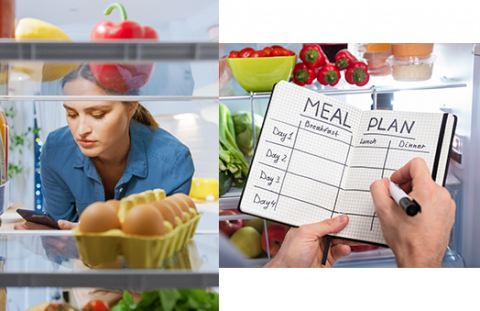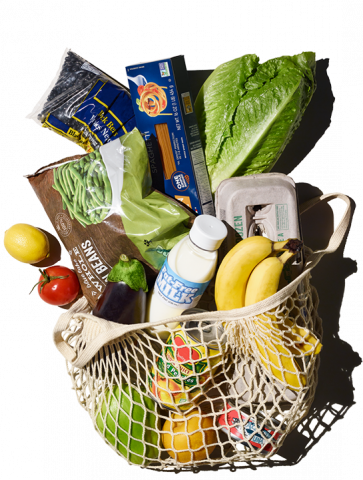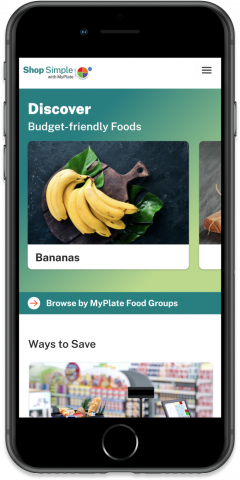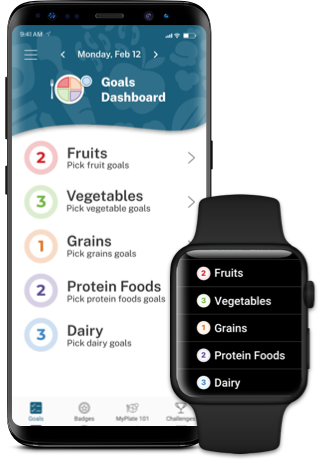
Make a Plan
Making a plan before heading to the store can help you get organized, save money, and choose healthy options.
Plan Your Weekly Meals
Here are some simple tips to get you started:

- Think outside the store. Farmers markets and farm stands can be great options for picking up fresh produce at a discount. Check the National Farmers Market Directory for locations near you.
Save More at the Store
- Ask around. Ask friends, family, or post a question on social media to see where others shop and find great bargains! Grocery stores, specialty food markets, dollar stores, retail supercenters, and wholesale clubs may offer good deals.
- Read the sales flyer. Sales flyers usually come out mid-week and can be found at the store’s entrance, in the newspaper, on their website, or social media pages.
- Eat before you shop. Grocery shopping while hungry can lead to impulse buying and unhealthy food choices. This is a simple, yet effective way to keep you on task.
- Join your store’s loyalty program. Most stores offer a free loyalty program. Get special offers, coupons, and discounts for being a member.
- Get fresh produce delivered to your door. Search online for low-cost produce delivery services in your area. Or support local farms by joining a Community Supported Agriculture (CSA) program. Find one in your area by visiting the USDA’s CSA Directory.
Additional Resources
For more tips, ideas and additional information check out these pages.






